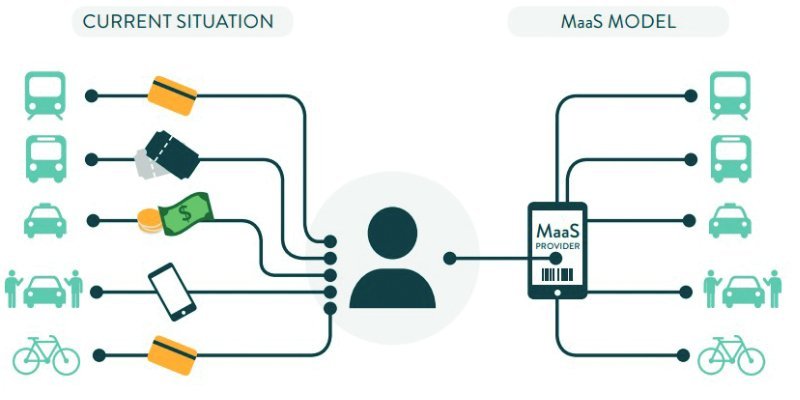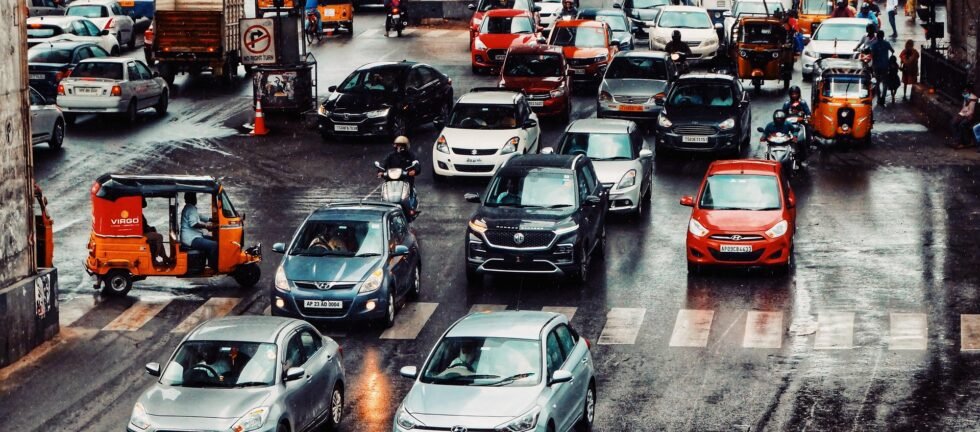The urban transportation landscape in India is undergoing a remarkable transformation, thanks to the emergence of Mobility as a Service (MaaS). With the proliferation of ride-sharing platforms, rental services, and public transit apps, MaaS is streamlining how citizens navigate the bustling cities of India. This digital-first approach to transportation integrates various mobility options into a single platform, delivering convenience, affordability, and sustainability.
In India, cities like Bengaluru, Delhi, Mumbai, and Hyderabad are leading the charge in adopting MaaS solutions. Rapid urbanization, increasing smartphone penetration, and the need to mitigate traffic congestion and pollution have catalysed the shift.
Source: Statista
Impact of MaaS
1. Convenience and Accessibility
MaaS platforms enhance the commuter experience by providing real-time data, optimizing routes, and integrating ticketing across public transit systems. Apps like Namma Metro and Delhi Metro exemplify this by merging metro and feeder bus services for comprehensive route planning.
2. Cost-Effectiveness
Services such as Ola, Uber, and rental options like e-scooters and bicycles offer affordable mobility solutions, decreasing the financial burden associated with private vehicle ownership through subscription models and ridesharing.
3. Environmental Sustainability
As road transport accounts for 12% of India’s CO2 emissions, Yulu states that, “a shift to MaaS could reduce car use by up to 4% by 2030 and by more than 37% by 2050”, leading to a corresponding decrease in CO2 emissions .This supports cities in achieving climate targets and enhancing air quality.
4. Government Initiatives
The Indian government’s focus on developing smart cities and fostering public-private partnerships has propelled MaaS adoption. Initiatives like Digi Yatra for airports and Yulu for micro-mobility highlight governmental support for advanced urban mobility solutions.
5. Reduced Traffic Congestion
With shared and public transport solutions integrated through MaaS, cities have seen a decline in traffic congestion as ridesharing distributes travel demand more effectively across existing transport networks. Finding long-term solutions to reduce traffic and enhance mobility is crucial because the average Indian driver spends 128 hours a year stuck in traffic (TOI).
6. Improved Last-Mile Connectivity
Micro-mobility services bridge the gaps between public transport stops and final destinations, enhancing the ease of commuting and ensuring a seamless travel experience for users.


The Road Ahead
For MaaS to flourish in Indian cities, collaboration between public and private sectors is crucial. Policies promoting interoperability, investment in digital infrastructure, and awareness campaigns to shift commuter preferences will play pivotal roles. Additionally, MaaS providers must focus on inclusivity by ensuring affordability and accessibility for all sections of society.
India, with a population of 1.3 billion, holds the distinction of being the second-most populous country in the world. According to World Economic Forum, India’s population is projected to grow by 6.92% by 2030. As rapid urbanization continues, addressing mobility challenges effectively has become a top priority.
In conclusion, MaaS is not just changing how Indian cities move; it is redefining urban transportation to be more connected, efficient, and sustainable. As these systems mature, they promise a future where commuting is no longer a daily struggle but a seamless, eco-friendly experience.

